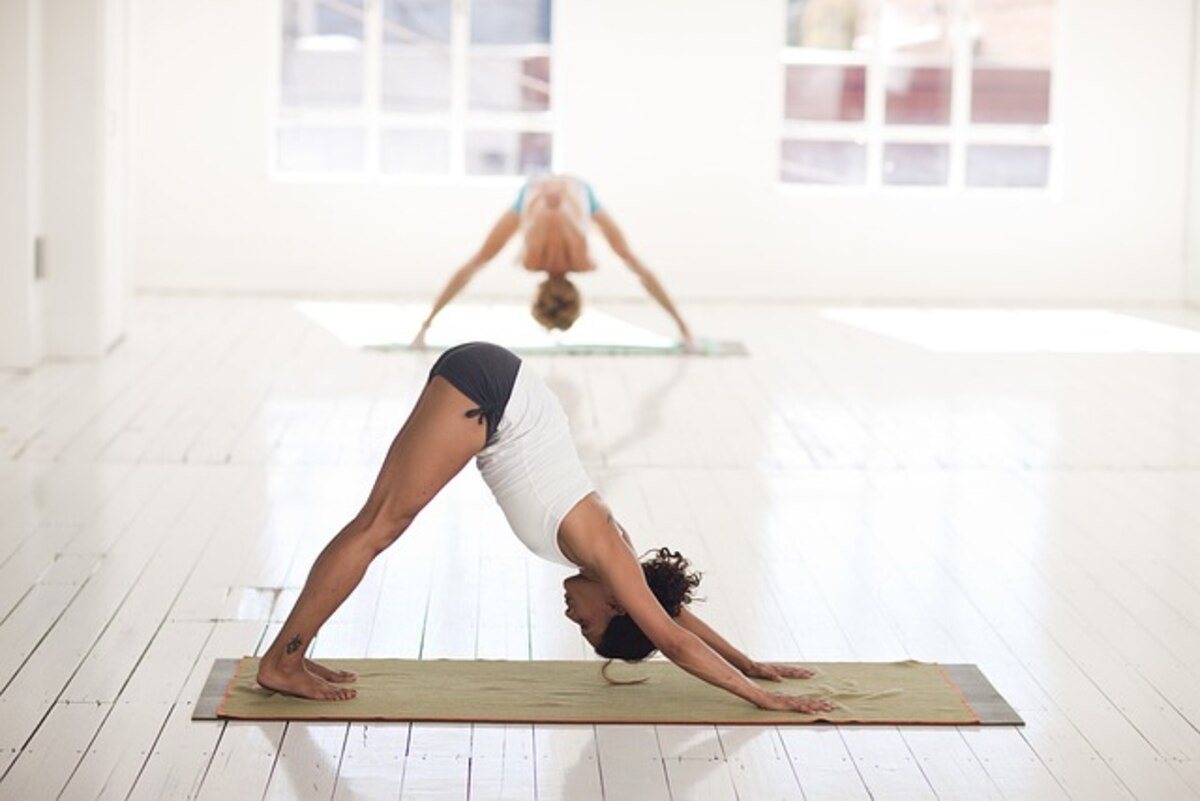Yoga is not just a form of exercise but a holistic practice that combines physical postures, breath control, meditation, and ethical principles to promote overall health and well-being. If you’re new to yoga, embarking on this journey can be exciting and slightly overwhelming. However, with the proper guidance and approach, yoga can become a fulfilling and transformative part of your life. In this step-by-step guide, we’ll walk you through the basics of yoga for beginners. Read the Best info about Yoga for Beginners.
1. Understand What Yoga Is
Before diving into the physical practice, it’s essential to understand the broader philosophy of yoga. Yoga originated in ancient India and aims to create harmony between mind, body, and spirit. It involves various paths, including Hatha (physical postures), Bhakti (devotion), Jnana (knowledge), and Karma (selfless action). Yoga is not just about flexibility and strength; it’s about cultivating awareness, inner peace, and balance in all aspects of life.
2. Choose the Right Style
Yoga comes in many styles, and finding one that suits your preferences and goals is crucial. Some popular yoga styles for beginners include:
- Hatha Yoga: A gentle introduction to the most basic yoga postures.
- Vinyasa Yoga: A dynamic and fluid style that links breath with movement.
- Yin Yoga: A slow-paced practice that targets deep connective tissues.
- Restorative Yoga: A practice focused on relaxation and healing.
- Iyengar Yoga: A precise style that uses props to perfect postures.
- Ashtanga Yoga: A vigorous and athletic practice with a set sequence of poses.
Try a few styles to see which resonates with you the most.
3. Invest in Quality Yoga Gear
While you don’t need fancy equipment to do yoga, having a few essentials can make your practice more comfortable and enjoyable. Consider getting a non-slip yoga mat, comfortable clothing that allows movement, and a water bottle to stay hydrated. Props like yoga blocks and straps can also be helpful, especially for beginners.
4. Start with Basic Poses
As a beginner, it’s essential to start with foundational yoga poses. These poses will help you build strength, flexibility, and body awareness. Some beginner-friendly poses to begin with include:
- Mountain Pose (Tadasana)
- Downward-Facing Dog (Adho Mukha Svanasana)
- Child’s Pose (Balasana)
- Warrior I (Virabhadrasana I)
- Warrior II (Virabhadrasana II)
- Cobra Pose (Bhujangasana)
- Bridge Pose (Setu Bandha Sarvangasana)
Remember that it’s okay to modify poses to suit your abilities and avoid overexertion.
5. Focus on Your Breath
Breath awareness is a fundamental aspect of yoga. Learning to synchronize your breath with your movements can help you stay present and calm during your practice. Begin by practicing diaphragmatic breathing (belly breathing) and gradually incorporate breath awareness into your poses. Inhale as you lengthen or expand, and exhale as you contract or fold.
6. Develop a Consistent Practice
Consistency is vital to experiencing the benefits of yoga. Aim to practice regularly, even if it’s just for a short duration. You can start with a few minutes each day and gradually increase your practice time as you become more comfortable. Creating a daily routine will help yoga become a natural part of your life.
7. Listen to Your Body
Yoga is about self-awareness and self-care. Pay close attention to how your body feels during practice. If a pose feels painful or uncomfortable, ease out of it or use props to support your practice. Yoga should never cause pain, so be kind to yourself and honor your limits.
8. Learn from Qualified Instructors
While there are many online resources for yoga, it’s beneficial, especially for a beginner, to learn from a qualified instructor. Consider taking classes at a local yoga studio or joining online courses led by experienced teachers. They can guide and correct your alignment and offer modifications based on your needs.
9. Incorporate Meditation and Mindfulness
Yoga is not just about physical postures; it also includes meditation and mindfulness practices. Spending a few minutes meditating after physical exercise can help calm your mind and deepen your connection with yourself. You can also practice mindfulness throughout your day by being present and fully engaged in whatever you’re doing.
10. Embrace the Journey
Yoga is a lifelong journey of self-discovery and personal growth. It’s essential to approach your practice with patience and an open heart. Don’t compare yourself to others; don’t be discouraged by any challenges you encounter. Every yoga practitioner, regardless of their level, has faced obstacles.
In conclusion, yoga is a beautiful and transformative practice that can benefit your physical, mental, and emotional well-being. As a beginner, taking the time to understand the philosophy, choose the right style, and develop a consistent practice will set you on a path to discovering the profound benefits of yoga. Remember that yoga is about the journey, not the destination, so embrace each step along the way. Namaste.
Read also: Confessions Of An Atkins Diet Addict


Comments are closed.